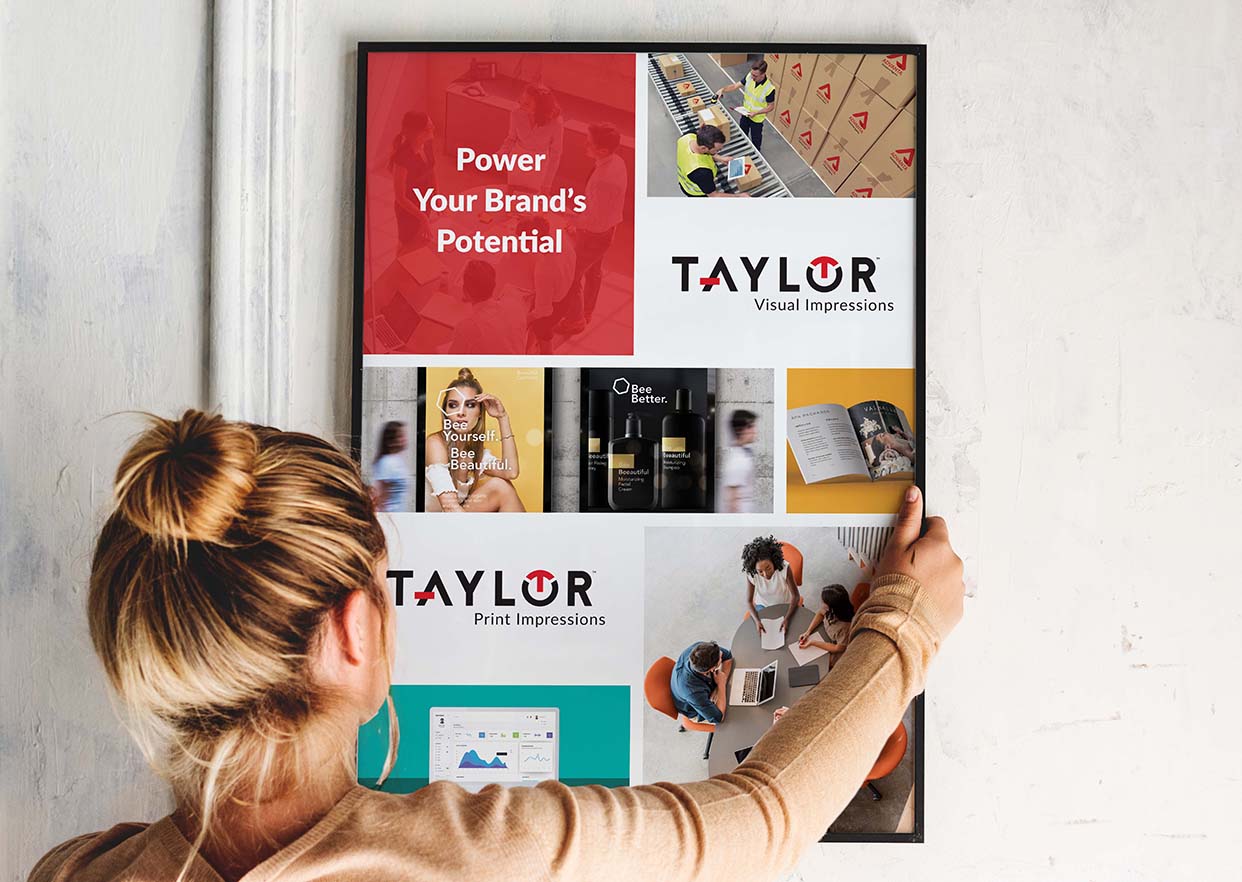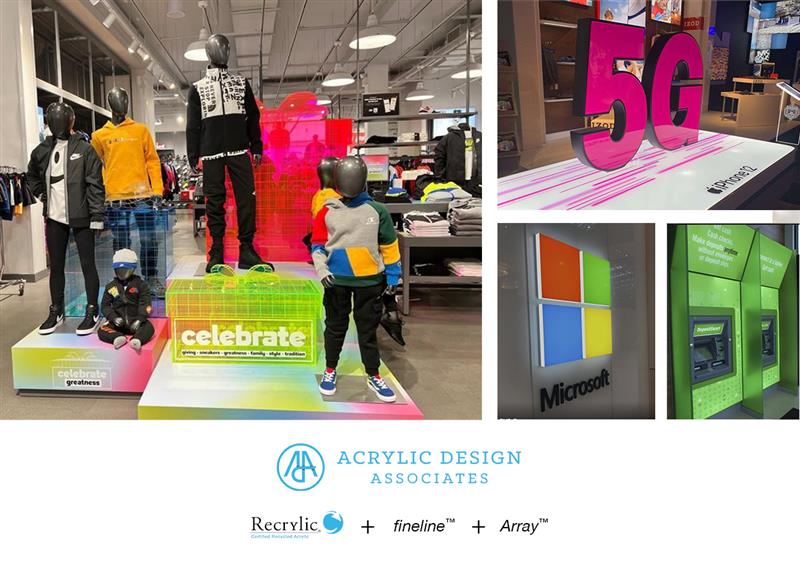Creating accessible, welcoming spaces isn’t just about meeting legal requirements. It’s also about demonstrating a commitment to inclusivity and thoughtful design. Wayfinding and Braille signage play an essential role in ensuring that everyone — regardless of ability — can navigate public spaces with ease. From lobbies to corridors, high-quality signage makes a powerful impact in promoting accessibility and enhancing user experiences.

This blog will explore the importance of Braille signage, the role it plays in wayfinding systems for public spaces, and explain why quality craftsmanship matters for Braille signage.
Understanding ADA Requirements for Braille Signage
The Americans with Disabilities Act (ADA) sets clear standards for signage accessibility, including requirements for Braille. These standards ensure that individuals with visual impairments can easily read and interpret critical information.
Key ADA Specifications for Braille Signage
Tactile Letters: Raised characters with a minimum height and specific spacing.
Grade 2 Braille: A standard format of Braille with contractions to save space and improve readability.

High Contrast: Clear visual contrast between text and background assists individuals with low vision.
Proper Placement: Signs must be installed at specified heights and locations for easy reach and visibility.
Meeting these standards is essential, but the quality of execution makes a significant difference in Braille signage usability and longevity.
How to Craft Braille Signage
Not all Braille signage is created equal. Some manufacturers use inferior methods, such as printing raised layers, which can lack precision and durability. The superior techniques are as follows.
Routed Impressions: Precisely routing the Braille impressions into the acrylic surface ensures accuracy and proper spacing.
Raster Beads: Each impression should be press-fit with small, high-quality Braille raster beads. These beads create a smooth, tactile experience for ADA signage that is easy to read and highly durable.
The above method provides a long-lasting, professional-quality Braille sign that remains functional and legible over time, even in high-traffic areas.
Why High-Quality Braille Signage Matters
Investing in superior Braille signage is about more than regulatory compliance — it’s about creating an inclusive environment where everyone feels valued. Quality craftsmanship makes a difference for the following reasons.
Enhanced Usability: Precisely etched Braille impressions and smooth raster beads ensure an optimal tactile experience.
Longevity: High-quality Braille signage constructed as described above resists wear and maintains legibility in busy spaces.
Aesthetic Integration: Custom designs allow Braille signage to blend seamlessly into the environment, aligning with branding and design visions.
Legal Compliance: Superior craftsmanship ensures adherence to ADA standards, avoiding potential fines or legal complications.

The Role of Braille and Wayfinding Signage
Well-designed wayfinding and Braille signage enhances the functionality and inclusivity of high-traffic public spaces such as the following.
Lobbies and Reception Areas: Help visitors navigate entrances, elevators and meeting rooms with clear, accessible signage.
Retail Stores and Malls: Guide shoppers to key areas including restrooms, elevators and exits, while incorporating signature branding elements.
Hotels and Resorts: Ensure that room numbers, amenities and directional signs are accessible to all guests.
Healthcare Facilities: Provide clear navigation for patients and visitors, where accuracy and ease of use are especially critical.
Beyond functionality aspects, signage can also reinforce branding and elevate the aesthetic of a space. Custom acrylic signs offer a sleek, modern look that complements the overall design while meeting accessibility standards.
Custom Acrylic Solutions for Braille and Wayfinding Signage
Acrylic Design Associates, a Taylor company, takes pride in crafting ADA-compliant Braille signage using superior techniques that ensure accuracy, durability and design appeal. Acrylic is not only in the name. It also makes the perfect material for ADA-compliant signage as versatility, durability and aesthetics are combined in one material.
Acrylic Design Associates specializes in creating custom signage solutions that balance functionality with style. Capabilities include:
Tactile Room and Directional Signs: Braille and raised-letter signs for room identification and wayfinding.
Architectural Panels: Seamless integration of signage into architectural elements for a cohesive look.
Custom Branding: Logos, colors and other brand elements are incorporated into Braille signage without compromising function or compliance.
Whether you need office lobby directories, room plaques or directional signs, Acrylic Design Associates can help you create solutions that meet ADA standards and exceed expectations. Contact Acrylic Design Associates today to learn more about custom Braille and wayfinding signage solutions and how they can transform public spaces into accessible, inclusive environments.









